The mat weaving craft in Dinh Yen has been preserved and passed down through many generations for over a hundred years. A unique feature of this craft village is that the buying and selling of mats only takes place from midnight until dawn, hence it is called the "ghost mat market".
It earns 80 billion VND per year.
The Định Yên mat weaving village stretches along National Highway 54, passing through the two communes of Định Yên and Định An in Lấp Vò district, Đồng Tháp province.
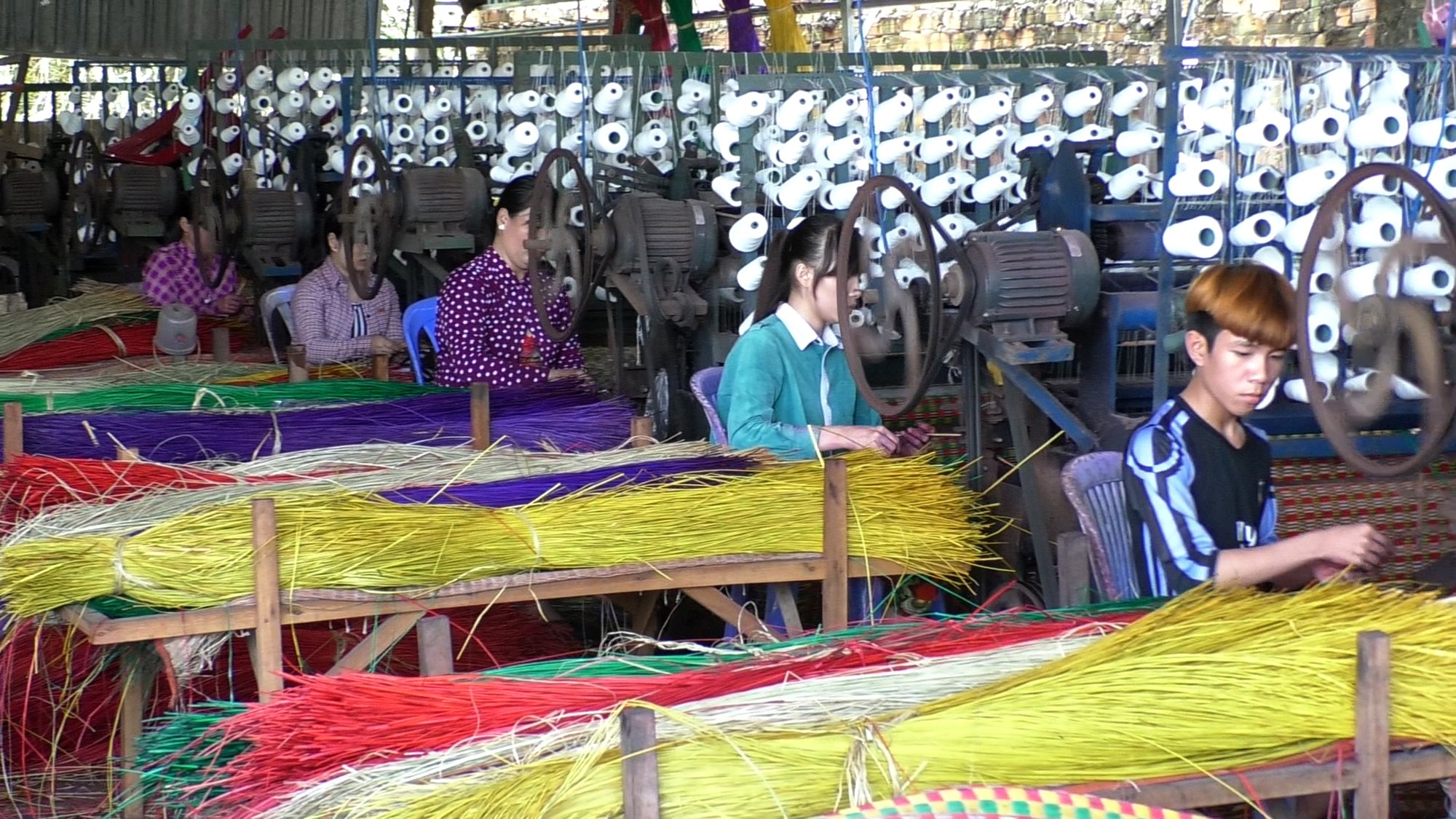
The Định Yên mat weaving village currently has over 430 households, with approximately 50 households investing in weaving machines.
According to the village elders, in gratitude to Mr. Phan Van An, the first person to introduce mat weaving to the village, and to avoid using his name as a taboo, the villagers unanimously agreed to name the entire craft village Dinh Yen.
During its heyday, the village had thousands of households involved in mat weaving. Walking along the roads in the commune, you could see bundles of sedge (rush) dyed in various colors drying in the sun everywhere. However, through the many changes of time, the traditional mat weaving craft of Dinh Yen village has also experienced many ups and downs.
To date, the village still has about 430 households producing mats. Of these, about 50 households have invested in weaving machines to increase production capacity, while the rest still weave mats by hand using traditional methods.
According to the People's Committee of Lap Vo district, the craft village supplies approximately 1.3 million mats of various types to the market each year, generating revenue of about 80 billion VND.
Adapt to change
Ms. Nguyen Thi Van, 65 years old but with 50 years of experience in mat weaving, said that although she has switched to machine weaving, her family still keeps the old hand looms as precious mementos. Despite her advanced age, the weaver's hands still nimbly thread the colored rush fibers, rhythmically pressing each loom.
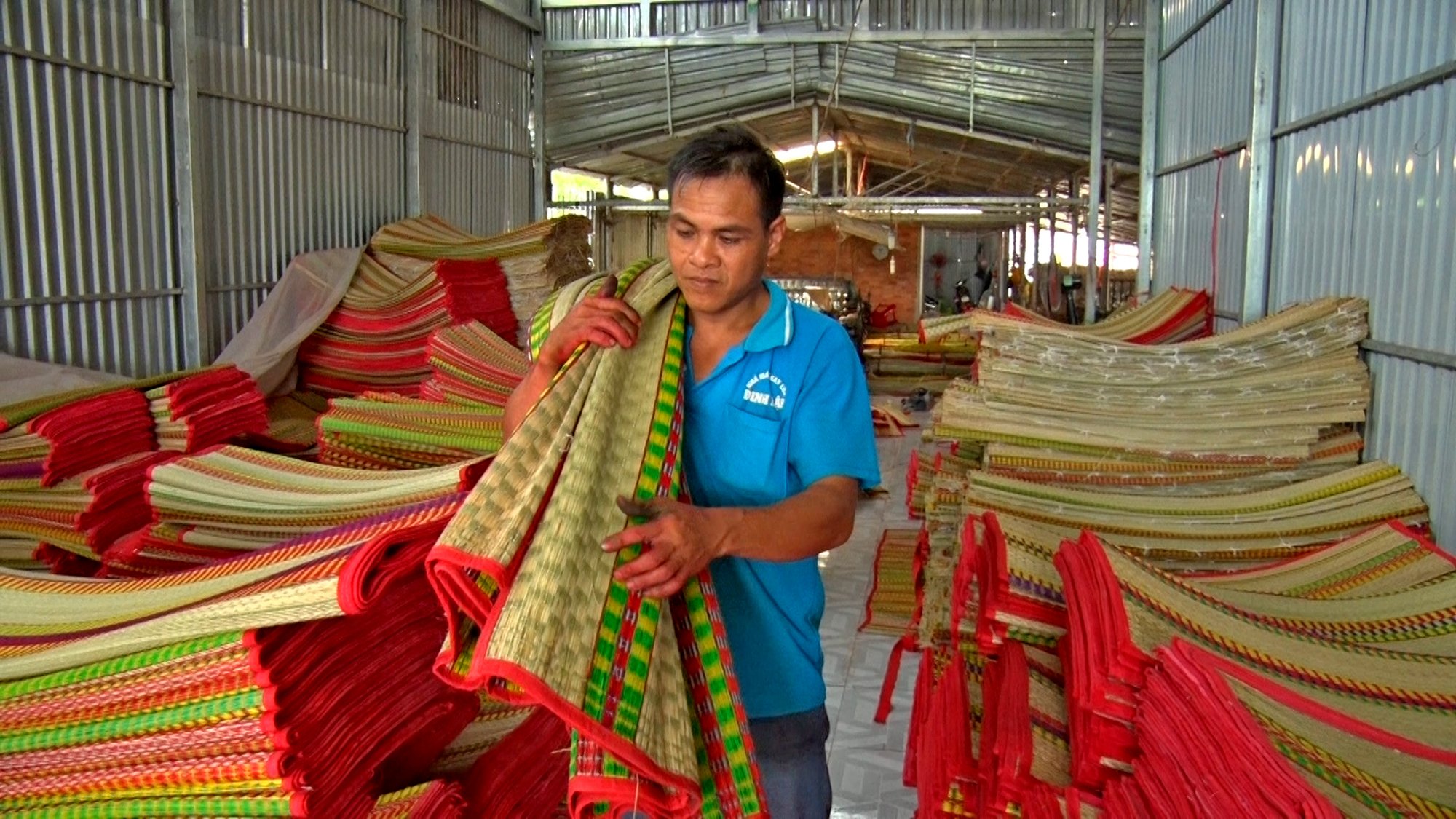
Each year, the Định Yên mat weaving village supplies 1.3 million products to the market.
"Machine weaving is easier and faster than hand weaving, so now young people in the village and neighborhood, even without family training, can participate in production. All it takes is a skilled and dedicated weaver to guide them, and after just a few days of training, they can learn how to use a mat weaving machine," Ms. Vân shared.
As the fourth-generation descendant of the mat weaving tradition, Mr. Nguyen Thanh Hung continues to keep the family craft alive. However, to meet and adapt to the market, Mr. Hung has boldly invested in 10 weaving machines to increase productivity, employing 16 regular workers.
According to Mr. Hung, machine weaving not only produces more beautiful products and higher output, but also helps workers increase their income.
"The weaving fee for each mat is 15,000 VND. A machine weaver can produce 10-12 mats a day, earning a stable income of 150,000-180,000 VND. Besides production, my facility also buys hand-woven mats and those from other workshops in the village and distributes them throughout the country," Mr. Hung said.
Why is it called the "ghost mat market"?
According to Ms. Van, with a hand loom, the weaver has to go through many steps to weave a complete mat. For example, they have to stretch nylon thread onto the loom, attach colored rush threads, attach floral patterns, etc. Hand weaving requires two people per loom because one person threads the rush and the other operates the loom.
The villagers weave mats from morning till evening. After resting and having dinner, around midnight they begin bringing the mats out to the village communal house to sell. Each person carries an oil lamp and a bundle of mats on their shoulder, walking out in front of the vendors.
What's unique is that buyers just sit in one place, and when they see a seller carrying a mat passing by, if it catches their eye, they wave to take a look and subtly negotiate the price. "The market only lasts about two hours, starting from midnight, but there's no fixed schedule because it depends on the high and low tides of the canals. That's why people call it the 'ghost mat market'," Mrs. Van explained.
According to Ms. Truong Thi Diep, Acting Chairwoman of the People's Committee of Lap Vo District, the "ghost mat market" existed throughout the history of the craft village until it disappeared before 2000. The reason is that at that time, road infrastructure had been connected, especially National Highway 54 passing through the Dinh Yen mat-making village area, so the traders and buyers of mats also changed their methods and timing in line with the development process.
"Back then, traders buying mats traveled by boat. When they reached the canal mouth, they had to wait for high tide before bringing their boats in to anchor at the Dinh Yen communal house. Now, people travel by car and truck to each purchasing facility, and transactions mainly take place during the day, so the 'ghost mat market' has simply disappeared," Ms. Diep said.
Unique community-based tourism products
Ms. Truong Thi Diep further informed that the Dinh Yen mat weaving village was recognized as a National Intangible Cultural Heritage by the Ministry of Culture, Sports and Tourism in 2013.
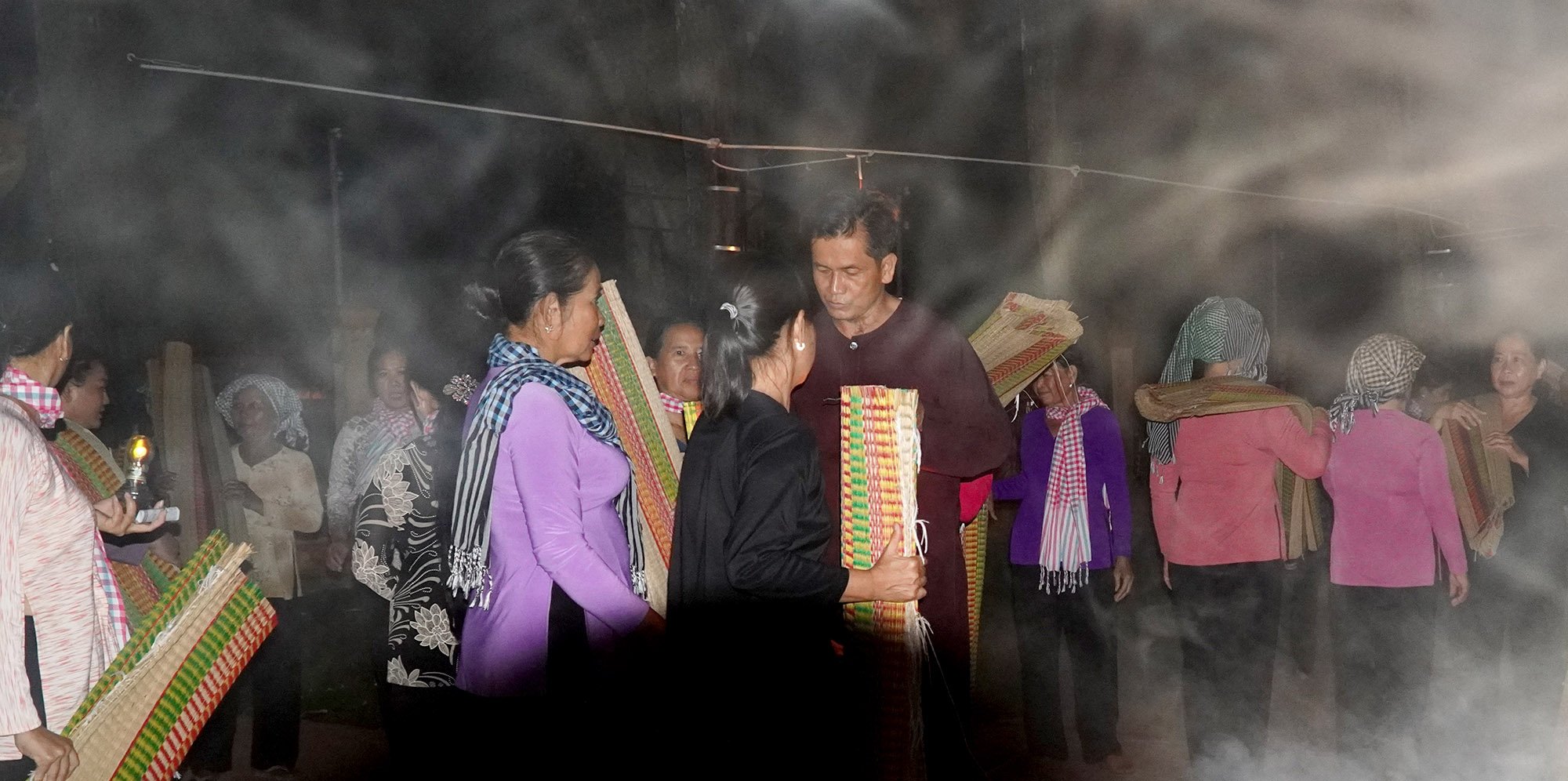
The reenactment of the "Ghost Market" organized by the People's Committee of Lap Vo District has attracted the attention of domestic and international tourists.
Since September 2023, the People's Committee of Lap Vo district has launched a community tourism product in Dinh Yen mat-making village, combining the reenactment of the "ghost mat market" with 150 actors, who are weavers from the craft village, participating in a scene of buying and selling mats at midnight.
This is considered a unique local tourism product.
According to the plan, the People's Committee of Lap Vo District would stage a reenactment of the "ghost mat market" once a month, on the last Saturday of the month. However, later, the organizers moved it to the 15th day of the lunar month because the tides were more favorable, making the scene on the docks and boats more lively.
"The reenactment of the 'ghost market' helps many people relive their childhood memories by the village communal house. However, the reenactment also has some fictional elements because it requires artistic elements to evoke emotions in the viewers," Ms. Diep further shared.
The Định Yên mat-weaving village was chosen by singer-director Lý Hải as the main filming location for his "Lật Mặt" (Face Off) film series. "Lật Mặt 6 - The Ticket of Destiny" is set in Định Yên mat-weaving village and depicts the friendship of men who originated from the mat-weaving craft there. Before the premiere, Lý Hải and his team returned to Định Yên to screen the film as a token of gratitude to the villagers who wholeheartedly supported the film crew.
Source: https://www.baogiaothong.vn/ve-mien-tay-di-cho-chieu-ma-192250213213839396.htm














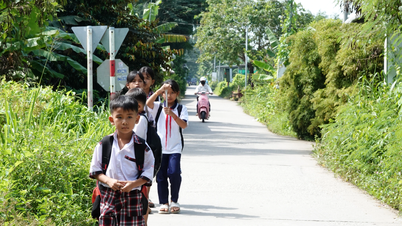














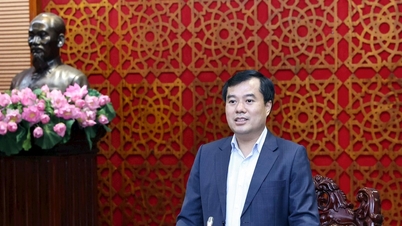






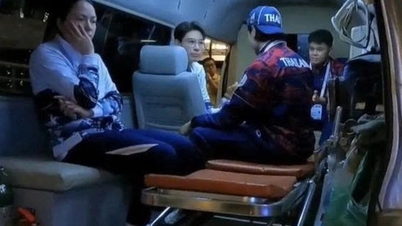
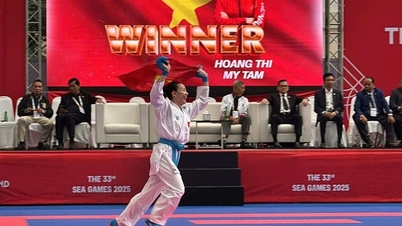
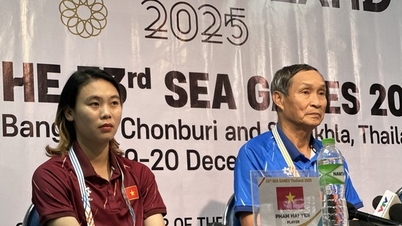


![[Image] Vietnam's colorful journey of innovation](/_next/image?url=https%3A%2F%2Fvphoto.vietnam.vn%2Fthumb%2F1200x675%2Fvietnam%2Fresource%2FIMAGE%2F2025%2F12%2F14%2F1765703036409_image-1.jpeg&w=3840&q=75)
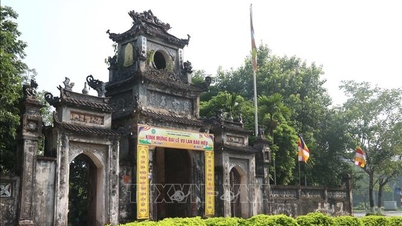
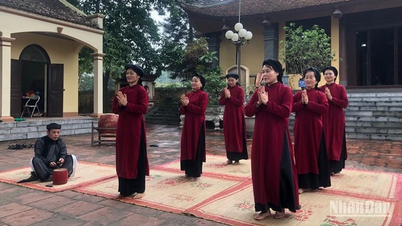

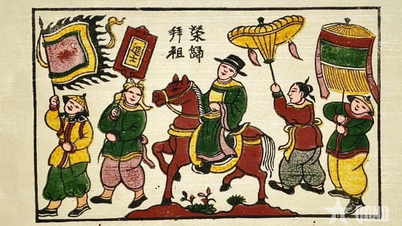

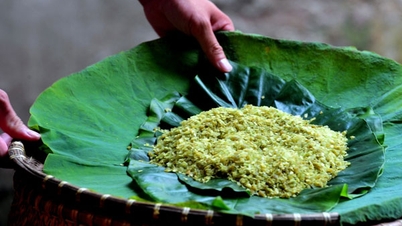

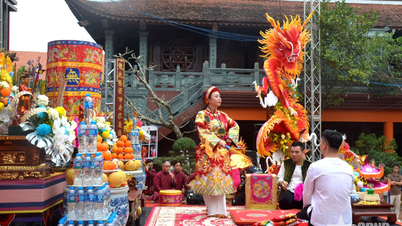

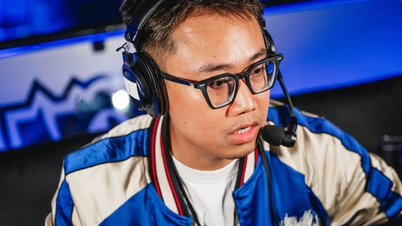

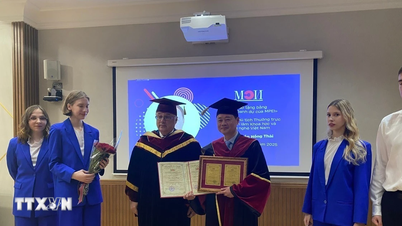














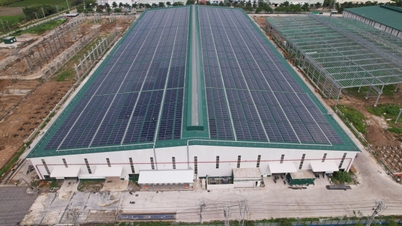







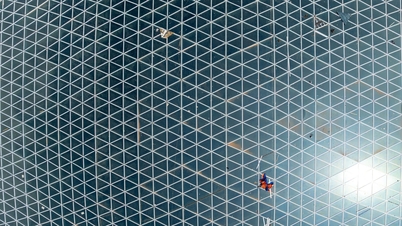

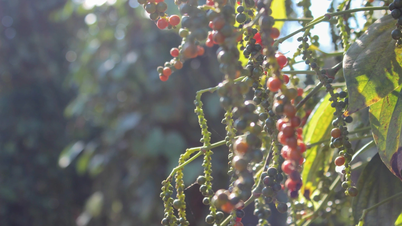

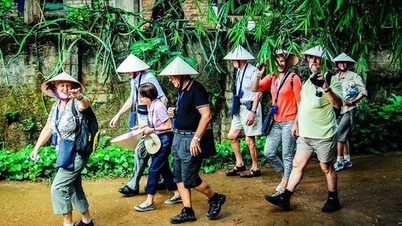

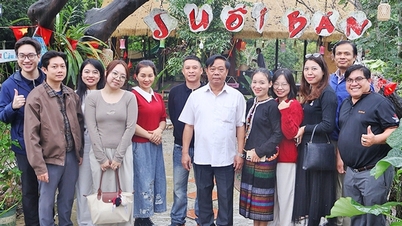


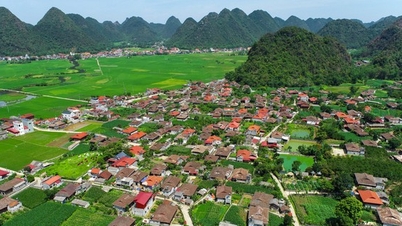

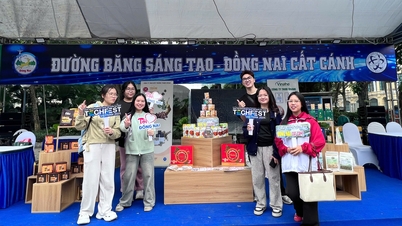

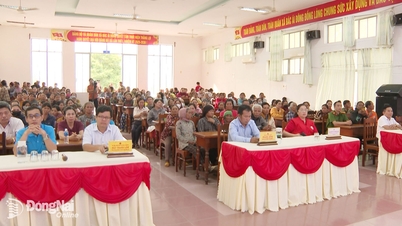
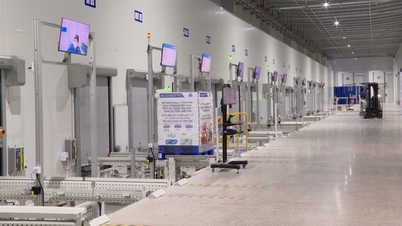


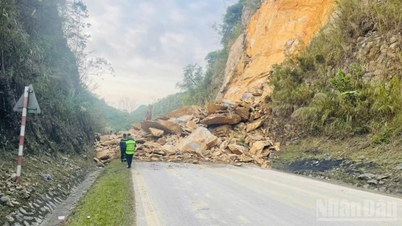











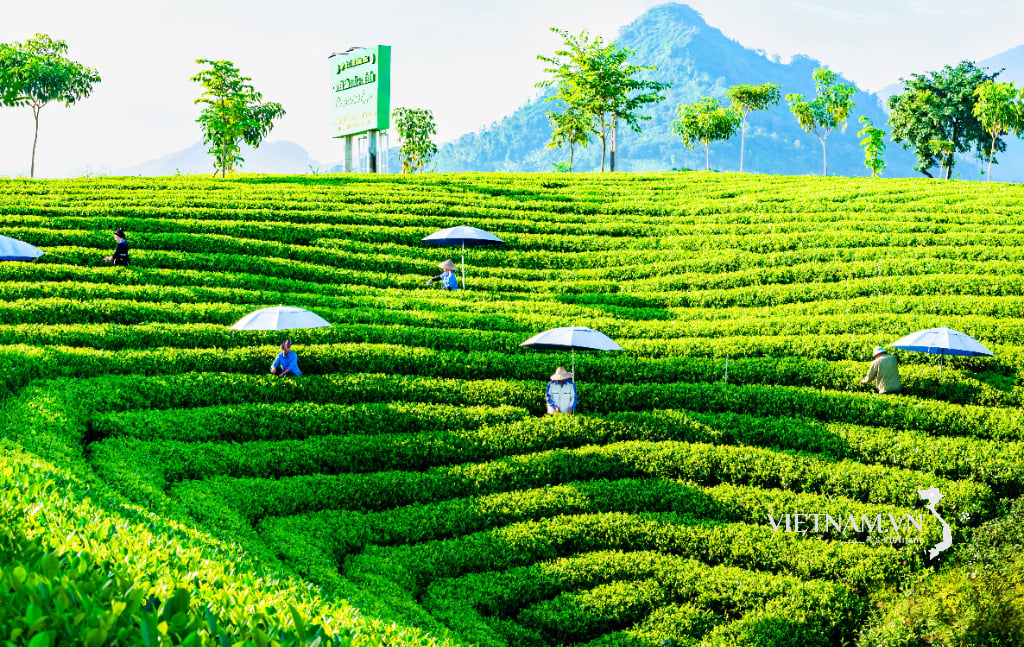


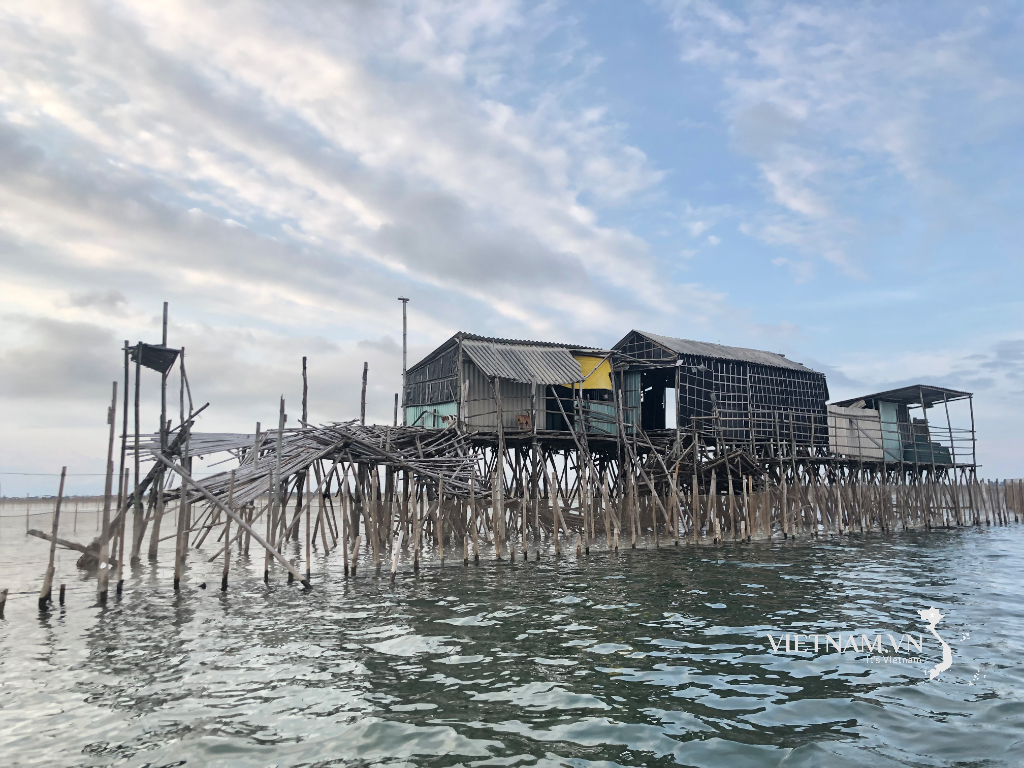
Comment (0)